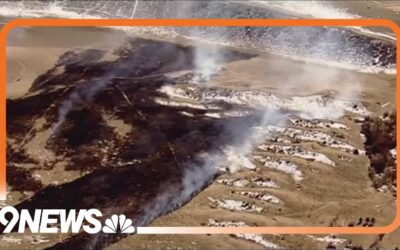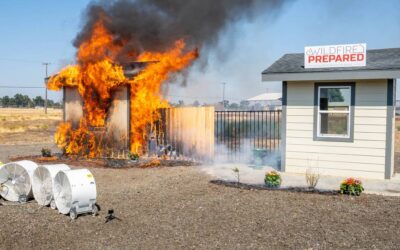THREE RIVERS, Calif. (AP) — Four people injured when a tree fell on them as they were working inside a Northern California wildfire have been released from the hospital, officials said Friday.
One is an employee with the California Department of Forestry and Fire Protection, known as Cal Fire, and three are with the California Conservation Corps, authorities said. They were hurt Thursday afternoon while they were inside the southern end of the KNP Complex Fire. They were then airlifted to hospitals.
The blaze was caused by lightning on Sept. 10 and has burned more than 134 square miles (347 square kilometers) of forest in the Sequoia and Kings Canyon national parks. The fire remains only 11% contained as more than 2,000 firefighters battle it.
Officials fear hundreds of giant sequoias may have been killed by the flames as they swept through groves of the majestic monarchs in the Sierra Nevada. The trees have evolved to survive low- to medium-intensity fire behavior but two groves — including one with 5,000 trees — were seared by high-intensity fire that can send up 100-foot (30-meter) flames capable of burning the canopies of the towering trees.
Firefighters have taken extraordinary measures to protect the sequoias by wrapping fire-resistant material around the bases of some giants, raking and clearing vegetation around them, installing sprinklers and dousing some with water or fire retardant gel.
The true extent of the damage to the sequoias may not be known until 2022, when crews will be able to get into the area on foot. For now, aerial reconnaissance is only possible when smoke conditions allow.
California fires have burned more than 3,000 square miles (7,800 square kilometers) so far in 2021, destroying more than 3,000 homes, commercial properties and other structures.
Hotter and drier weather coupled with decades of fire suppression have contributed to an increase in the number of acres burned by wildfires, fire scientists say. And the problem is exacerbated by a more than 20-year Western megadrought that studies link to human-caused climate change.




